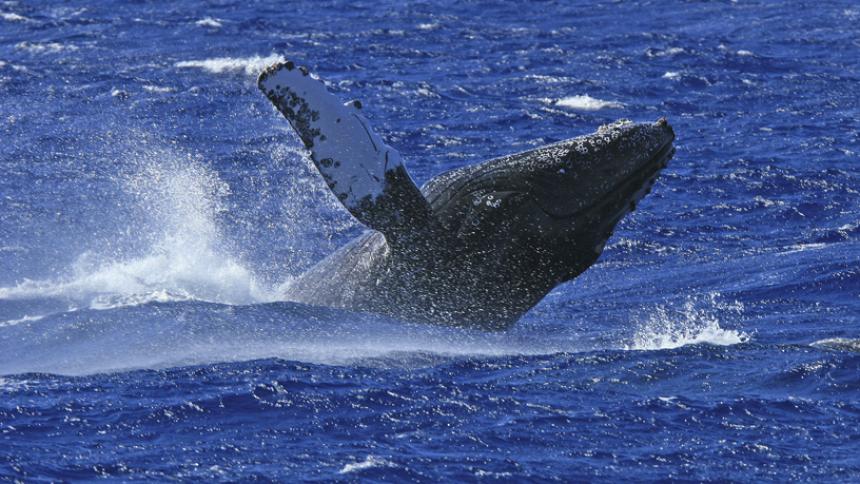|
Cotton Cay
Cotton Cay is an uninhabited island located in the Turks and Caicos Islands, about northeast of Salt Cay. The island is oblong in shape, generally of low elevation, and has a low density coastal vegetation. It covers an area of about . Plantation ruins and field walls can be seen on the western half of the island, indicating that cotton and sisal were once raised here. ''Echinocactus horizonthalonius ''Echinocactus horizonthalonius'' is a species of cactus known by several common names, including devilshead, turk's head cactus, blue barrel cactus, eagle's claw,Baker, M. (2007)A multivariate study of morphological characters for ''Echinocactus ...'' (Turk's Head cactuses), which are uncommon on the main islands in the country, are well-established on Cotton Cay. References {{reflist Turks Islands ... [...More Info...] [...Related Items...] OR: [Wikipedia] [Google] [Baidu] |
Turks And Caicos Islands
The Turks and Caicos Islands (abbreviated TCI; and ) are a British Overseas Territory consisting of the larger Caicos Islands and smaller Turks Islands, two groups of tropical islands in the Lucayan Archipelago of the Atlantic Ocean and northern West Indies. They are known primarily for tourism and as an offshore financial centre. The resident population in July 2021 was put at 57,196, making it the third-largest of the British overseas territories by population. The islands are southeast of Mayaguana in the Bahamas island chain and north of the island of Hispaniola (Haiti and the Dominican Republic). Grand Turk (Cockburn Town), the capital since 1766, is situated on Grand Turk Island about east-southeast of Miami, United States. They have a total land area of . The islands were inhabited for centuries by indigenous peoples. The first recorded European sighting of them was in 1512. In subsequent centuries, they were claimed by several European powers, with the British ... [...More Info...] [...Related Items...] OR: [Wikipedia] [Google] [Baidu] |
Salt Cay, Turks Islands
Salt Cay is the second largest of the Turks Islands, one of the two island groups forming of the British territory of the Turks and Caicos Islands in the Caribbean. Its area is . The size of the district, which also includes some unpopulated islands like Cotton Cay () nearby, is . The population is 108 (est. 2012), all in the district capital Balfour Town, established in 1673, on the west coast. Salt Cay is a tiny, flat, triangular island measuring about on a side and given over mostly to salt pans. It was once home to several hundred people, all supported by the salt industry. Salt Cay is accessible via plane; Caicos Express Airways flies there from both Providenciales and Grand Turk islands. From Grand Turk there is also a "community ferry", which operates three times a week and takes about one hour to cover the distance. History When the Spanish conquistador-explorer Juan Ponce de León came to the Islands in 1512, they were still inhabited by Arawak Indians who di ... [...More Info...] [...Related Items...] OR: [Wikipedia] [Google] [Baidu] |
Echinocactus Horizonthalonius
''Echinocactus horizonthalonius'' is a species of cactus known by several common names, including devilshead, turk's head cactus, blue barrel cactus, eagle's claw,Baker, M. (2007)A multivariate study of morphological characters for ''Echinocactus horizonthalonius'' and ''E. texensis'' (Cactaceae).USFWS. horse maimer, horse crippler, and ''visnaga meloncillo''. It is native to the southwestern United States and northern Mexico, where it occurs in Chihuahuan Desert and Sonoran Desert habitats, particularly on limestone substrates. One of its varieties is a federally listed endangered species of the United States. Description This cactus is gray-green to blue-gray in color and spherical, hemispherical, columnar, or flat-topped in shape. It reaches a maximum size of about 45 centimeters tall by 20 wide. The body is made up of curving sections that twist around the body in a helical fashion. These sections are lined with areoles bearing up to 10 spines each. The pink, gray, or brown s ... [...More Info...] [...Related Items...] OR: [Wikipedia] [Google] [Baidu] |
